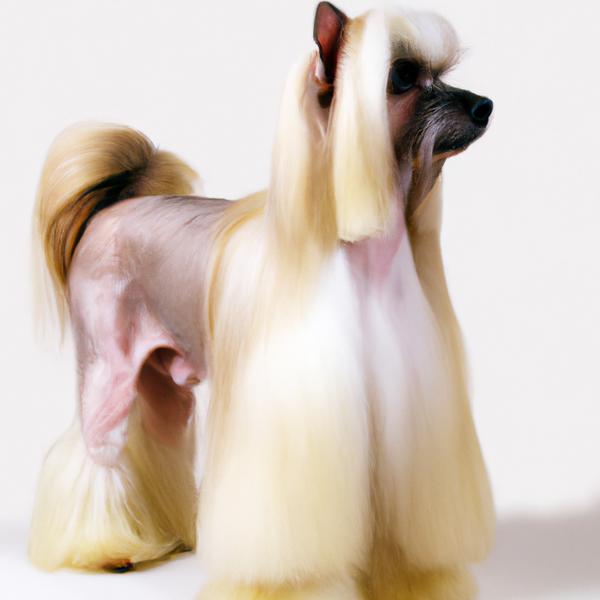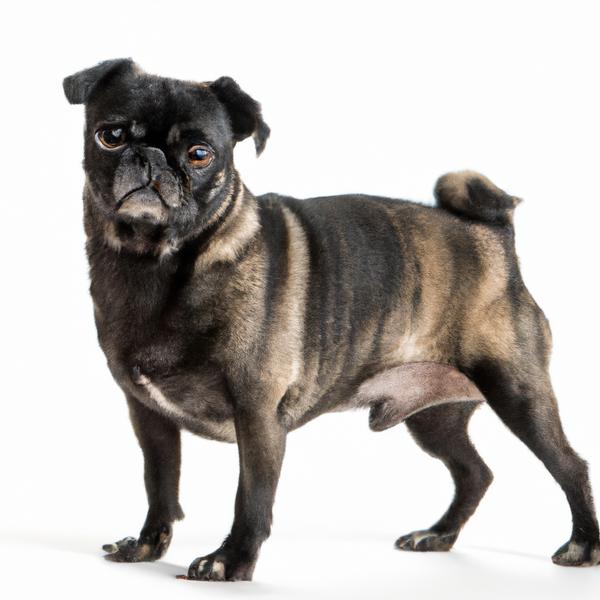Silkin vs. Pugillon: Breed Differences and Similarities
Hypoallergenic
Are Silkins or Pugillons hypoallergenic, or neither?
Unfortunately, neither Silkin nor Pugillon are hypoallergenic, which may not make them the best choice for dog lovers who suffer from pet allergies.
Temperament
What are the personalities of Silkin and Pugillon dogs?
Playful
Loving
Independent
Alert
Intelligent
Friendly
Responsive
Loyal
Quick
Joyful
Inquisitive
Playful
Happy
Energetic
Alert
Courageous
Intelligent
Friendly
Affectionate
Loyal
Gentle
Going
Cheerful
Shedding Level
Do Silkins shed more than Pugillons, or which breed sheds more, Silkins or Pugillons?
Silkins are low shedding dogs, requiring minimal coat care.
Pugillons are moderate shedders, but regular brushing can reduce shedding and maintain coat health.
Ancestry
What are the origins of Silkin and Pugillon breeds?
Silky Terrier, Japanese Chin
Pug and Papillon
Breed recognition
Which kennel clubs recognize/register Silkin and Pugillon?
ACHC = American Canine Hybrid Club
DBR = Designer Breed Registry
DDKC = Designer Dogs Kennel Club
DRA = Dog Registry of America, Inc.
IDCR = International Designer Canine Registry®
ACHC = American Canine Hybrid Club
DRA = Dog Registry of America, Inc.
Date of Birth
When were Silkin and Pugillon breeds first developed?
Unknown
Eye Color Possibilites
What are the eye colors of Silkin and Pugillon dogs?
Brown
Brown
Nose Color Possibilites
What are the natural nose colors of Silkin and Pugillon?
Black
Brown
Black
Coat Color Possibilites
What are the natural colors of the coat for Silkin and Pugillon breeds?
Black
Brown
White
Cream
Black
White
Silver
Sable
Red
Coat Length
What is the typical coat length for Silkin and Pugillon breeds?
The coat of Silkin and Pugillon dogs falls in the medium-length category.
Coat Density
What is the density of the coat of Silkin and Pugillon?
Coat Texture
What is the hair texture of Silkin and Pugillon?
Straight
Litter Size
What is the usual litter size for Silkin and Pugillon?
A Silkin can have a litter of 3-5 puppies on average. However, it's worth noting that the size of the litters can vary greatly. Factors that can influence litter size include the health of the mother, breeding history, and genetics.
A Pugillon can have a litter of 2-4 puppies on average. However, it's worth noting that the size of the litters can vary greatly. Factors that can influence litter size include the health of the mother, breeding history, and genetics.
Adaptability
Silkins are known for their adaptability and can adjust well to different environments and lifestyle changes.
Pugillons are highly adaptable and versatile, making them excellent companions for families and individuals of all lifestyles.
Health Issues
Between Silkin and Pugillon, which breed is more prone to health problems?
While the Silkin breed is generally healthy, occasional vet check-ups are still necessary to address any health concerns.
Pugillons typically have low vet costs due to their good health, but it's important to monitor their health and seek vet care when necessary.
Major Concerns
What are the major health concerns for Silkin and Pugillon breeds?
Ear Infections
Patellar Luxation
Cataracts
Diabetes
Patellar Luxation
Entropion
Deafness
Hip Dysplasia
Mitral Valve Disease
Legg-Calve-Perthes Disease
Liver Shunts
Minor Concerns
What minor health issues should be kept in mind when owning Silkin and Pugillon?
Hip Dysplasia
Legg-Calve-Perthes Disease
Heart Murmur
Progressive Retinal Atrophy (PRA)
Cataracts
Von Willebrand's Disease
Corneal Ulcer
Follicular Dysplasia
Progressive Retinal Atrophy (PRA)
Occasional Tests
What occasional tests are recommended for Silkin and Pugillon breeds?
Physical Examination
Blood Count
X-rays or other radiographic imaging
Eye and Ear Examination
Eye
Blood
Knee
Heart
Dna For Vwd
Liver Ultrasound
X-Rays
CT Scan
Physical Examination
Allergy Tests
Social Needs
Silkin vs Pugillon social needs comparison
Silkin and Pugillon have very high social needs. These needs include regular mental and physical stimulation, a job or purpose, and companionship. They thrive in environments where they have a lot of interaction with humans and other dogs.
Sleeping Need
Which of the two sleeps the most/least: Silkin or Pugillon?
Silkins are known for their relaxed and calm nature and enjoy long periods of sleep.
Pugillons have moderate energy levels and typical sleep patterns of 12-14 hours per day.
Mouthiness
Mouthiness Comparison: Silkin vs Pugillon?
Roaming urge
Silkin vs Labrador: Running away tendency?
Prey Drive
Silkin or Pugillon - which breed has a higher level of prey drive?
Activity Level
Which breed has higher energy, Silkins or Pugillons?
Silkins are low-energy dogs. This breed make a great companion for a relatively inactive person. Silkin dogs require a few short daily walks, and then they're happy snuggling next to you for the rest of the day.
Pugillons are medium-energy dogs and typically enjoy socializing and playing casual or even sustained games of chase with other dogs. They may also have occasional periods of barking or racing around the house.
Tolerance of being left alone
Walks per Week
How many miles should Silkin or Pugillon walk each week?
There's really no limit to how far you walk your dog as long as they're comfortable. For Silkin, it's at least 7 miles / week. Just remember to build distance and stamina gradually over time.
There's really no limit to how far you walk your dog as long as they're comfortable. For Pugillon, it's at least 8 miles / week. Just remember to build distance and stamina gradually over time.
Activity per Day
Do Silkins or Pugillons require more exercise?
In general most Silkins usually need at least 30 minutes of exercise daily. This can be spread across the day and include all sorts of high-energy activities, like walking, running and playing.
In general most Pugillons usually need at least 25 minutes of exercise daily. This can be spread across the day and include all sorts of high-energy activities, like walking, running and playing.
Grooming
Which breed is easier to maintain in terms of grooming, Silkins or Pugillons?
Silkins require significant grooming, including regular trims and professional grooming assistance to maintain their coat. They may also require frequent bathing to keep their coat and skin healthy.
The Pugillon has low grooming needs and is easy to maintain.
Brushing Frequency
What is the recommended brushing frequency for Silkin and Pugillon dogs?
Ideally, Silkin should be brushed at least 2 or 3 times a week (preferably daily) improve shedding.
Pugillon should be brushed at least once a week. Of course you can give them more frequent brushes if you find that they are still shedding a lot
Brushing Tools
What brushing tools are used for Silkins and Pugillons?
Pin Brush
Slicker Brush
Nail Clipper
Pin Brush
Comb
Scissors
Nail Clipper
Cups
How much food should be given to Silkin or Pugillon in cups?
For an average 8-11 pound (4 - 5 kg) Silkin feed 1.5 cups daily. But, keep in mind, the amount you feed is going to be dependent on the quality of the food you are feeding.
For an average 8-18 pound (4 - 8 kg) Pugillon feed 1 cups daily. But, keep in mind, the amount you feed is going to be dependent on the quality of the food you are feeding.
Daily Cost
Which breed has a higher daily cost, Silkin or Pugillon?
The average cost of a Silkin is somewhere $1.10 - $1.40 per day.
The average cost of a Pugillon is somewhere $1.00 - $1.40 per day.
Monthly Cost
Which breed has a higher monthly cost, Silkin or Pugillon?
When it comes to monthly expenses, both Silkin and Pugillon have a similar average cost, ranging from $28 - $42. This results in an average yearly cost of around $336 - $504.
Sensitivity Level
How do Silkin and Pugillon compare in sensitivity?
This breed is sensitive and requires gentle handling and a calm home environment.
Pugillons have average emotions and adapt well to different situations.
Apartment Friendly
Which breed is more apartment-friendly: Silkin or Pugillon?
Silkins make excellent apartment dogs, being fairly active indoors and not requiring a yard.
The Pugillon is a great apartment dog, thriving with sufficient exercise and time outside as part of their daily routine.
Child Friendly
Do Silkins or Pugillons have a friendlier temperament towards children?
Silkins have an average level of friendliness towards children.
Pugillons are good with kids if socialized and trained from a young age.
Senior-friendly
Which dog is more suitable as a pet for the elderly - Silkin or Pugillon?
Cat Friendly
Do Silkin or Pugillon breeds have a better compatibility with cats?
Silkins are good with cats, but early training is needed to prevent chasing behavior.
Pugillons are very friendly with cats and make great companions for them.
Dog Friendly
Which breed is more sociable with other dogs: Silkin or Pugillon?
Silkins are average in their friendliness towards other dogs, and socialization can help.
Pugillons are friendly and active companions, and can be good family pets, though their friendliness towards other dogs may vary.
Pet friendly
How do Silkin or Pugillon dogs interact with other pets?
Stranger Friendly
Which breed is more friendly with strangers: Silkin or Pugillon?
Silkins are friendly but may bark at strangers, and training is easy due to their intelligence.
Pugillons are highly friendly around strangers.
Playfulness
Which breed is more playful between Silkin and Pugillon?
Silkin and Pugillon are playful dogs. So, no matter how busy the day may get, the best thing you can do for Silkin and Pugillon is to make time each day to play. It can be as little as 15-20 minutes, and it will mean the world to them.
Trainability
How do the trainability levels of Silkins and Pugillons compare?
Silkins are popular for their ease of training and quick learning ability.
Pugillons are usually easy to train but require consistency to fully obey commands.
Compare Silkin with other breeds
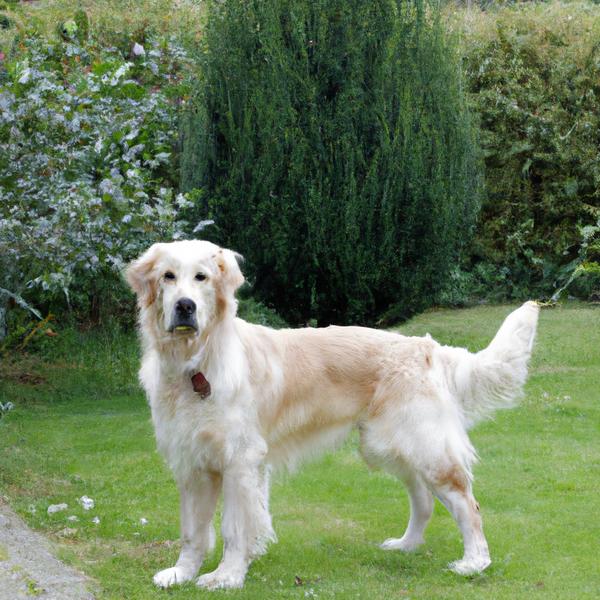
Spangold Retriever
Silkin vs Spangold Retriever
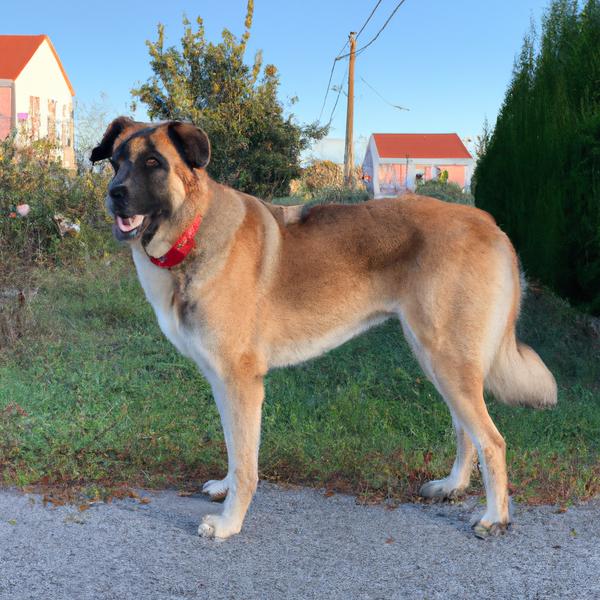
German Anatolian Shepherd
Silkin vs German Anatolian Shepherd
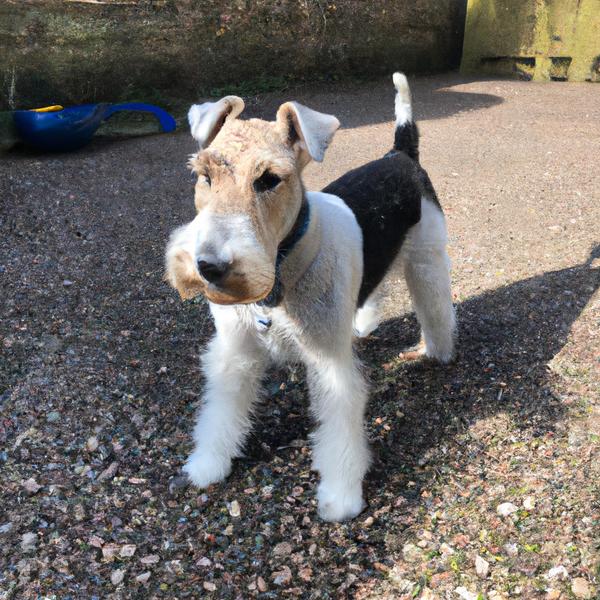
Mini Scottish Fox Terrier
Silkin vs Mini Scottish Fox Terrier
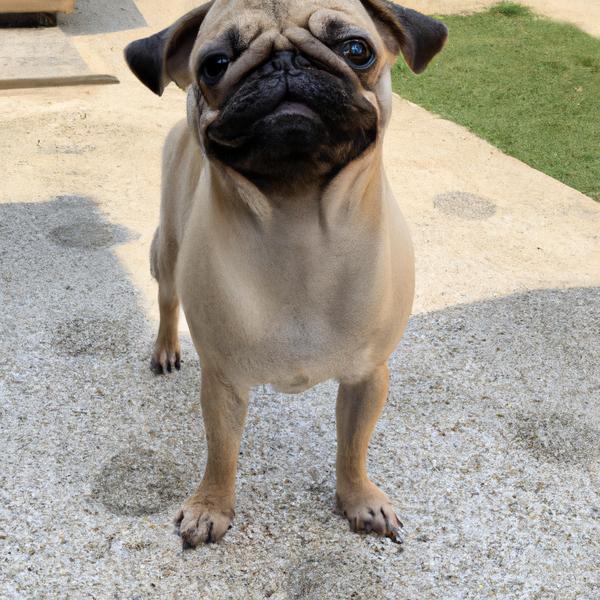
Silky Pug
Silkin vs Silky Pug
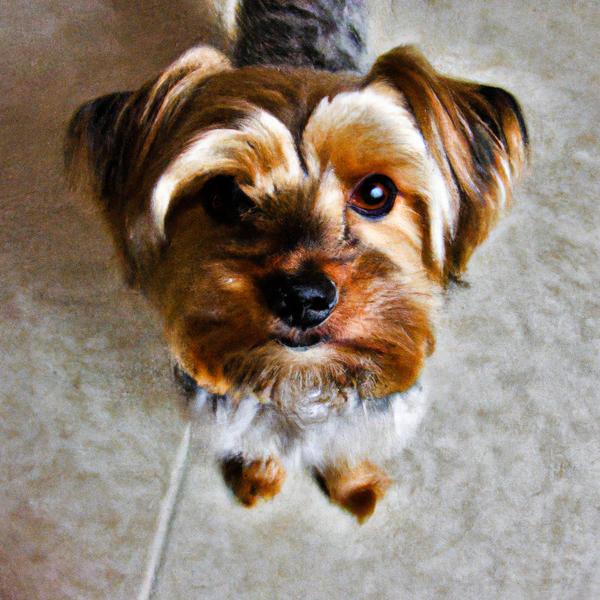
Carkie
Silkin vs Carkie

Corgi Bichon
Silkin vs Corgi Bichon

Bedlington Terrier
Silkin vs Bedlington Terrier
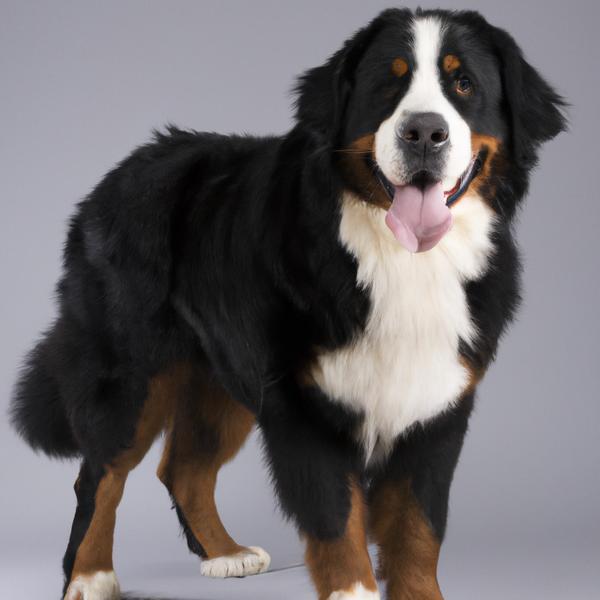
Saint Bernese
Silkin vs Saint Bernese
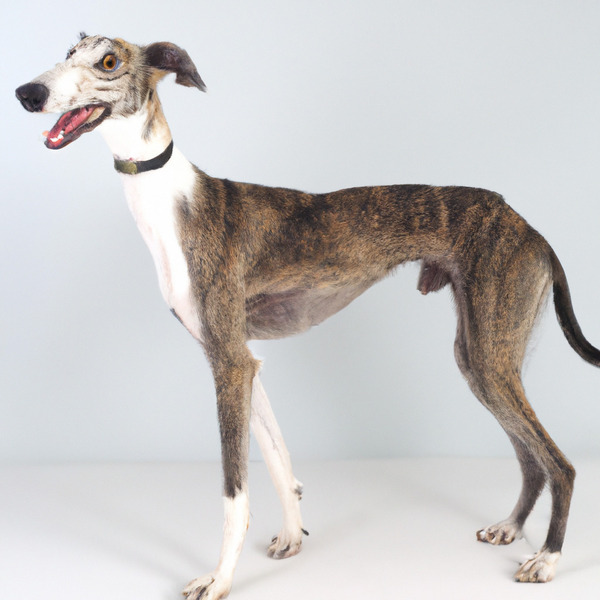
Lurcher
Silkin vs Lurcher
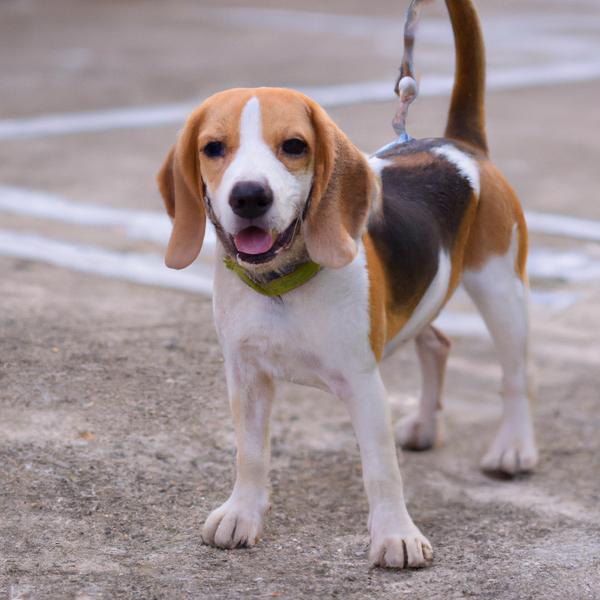
Beacol
Silkin vs Beacol
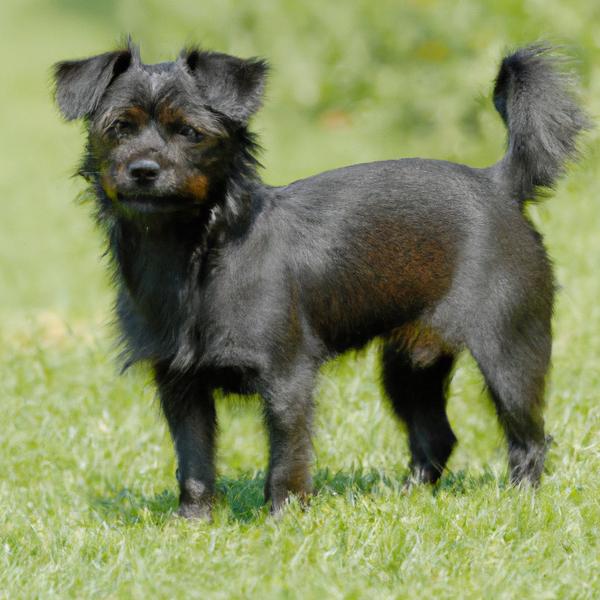
Weeranian
Silkin vs Weeranian
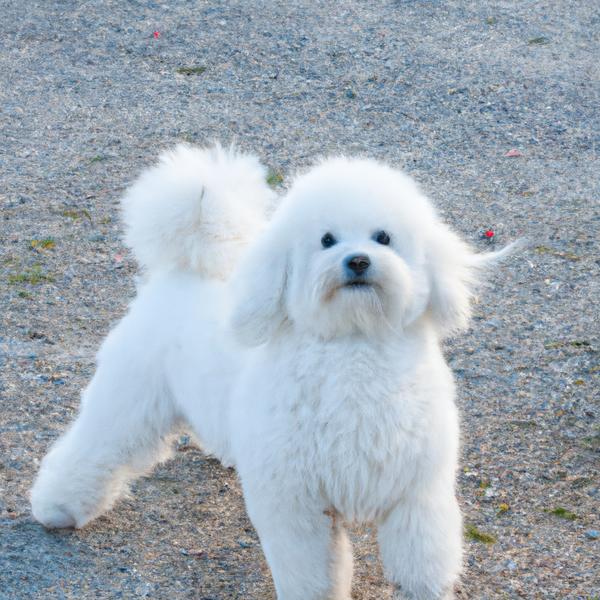
Italian-Bichon
Silkin vs Italian-Bichon
